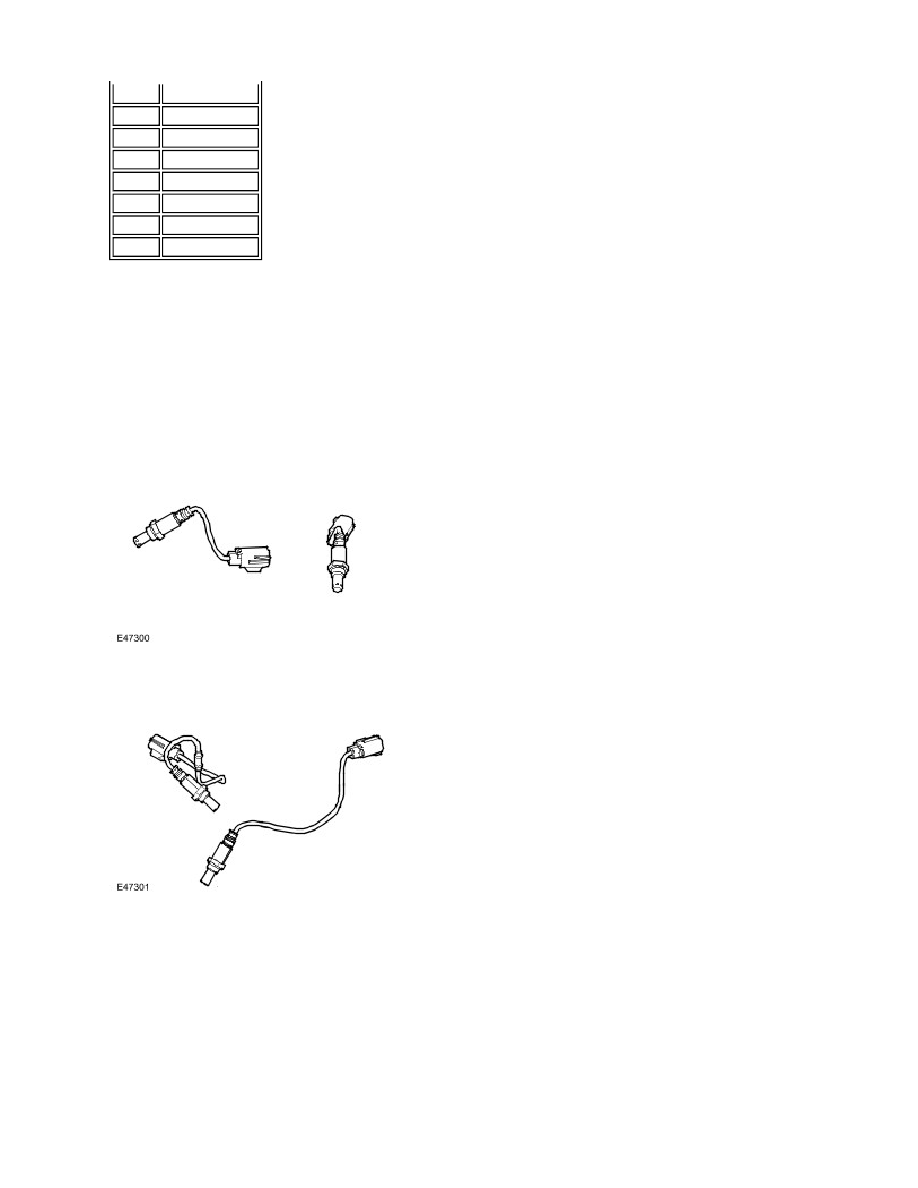LR3/Disco 3

OXYGEN SENSORS
There are four oxygen sensors located in the exhaust system. Two upstream before the catalytic converter and two down
stream after the catalytic converter. The sensor monitors the level of oxygen in the exhaust gases and is used to control
the fuel/air mixture. Positioning a sensor in the stream of exhaust gasses from each bank enables the ECM to control the
fuelling on each bank independently of the other, allowing much closer control of the air / fuel ratio and catalyst
conversion efficiency.
Upstream Oxygen Sensors
Downstream Oxygen Sensors
The oxygen sensors need to operate at high temperatures in order to function correctly. To achieve the high temperatures
required, the sensors are fitted with heater elements that are controlled by a PWM signal from the ECM. The heater
elements are operated immediately following engine start and also during low load conditions when the temperature of
the exhaust gases is insufficient to maintain the required sensor temperatures. A non-functioning heater delays the
sensor’s readiness for closed loop control and influences emissions. The PWM duty cycle is carefully controlled to prevent
thermal shock to cold sensors.
UHEGO (Universal Heated Exhaust Gas Oxygen) sensors also known as Linear or "Wide Band" sensors produces a
constant voltage, with a variable current that is proportional to the oxygen content. This allows closed loop fuelling control
to a target lambda, i.e. during engine warm up (after the sensor has reached operating temperature and is ready for
operation). This improves emission control.
1
APP2 ground
2
APP 1 demand
3
APP 1 ground
4
Not used
5
APP 2 demand
6
Supply 2, 5 volt
7
Supply 1, 5 volt
8
Not used
